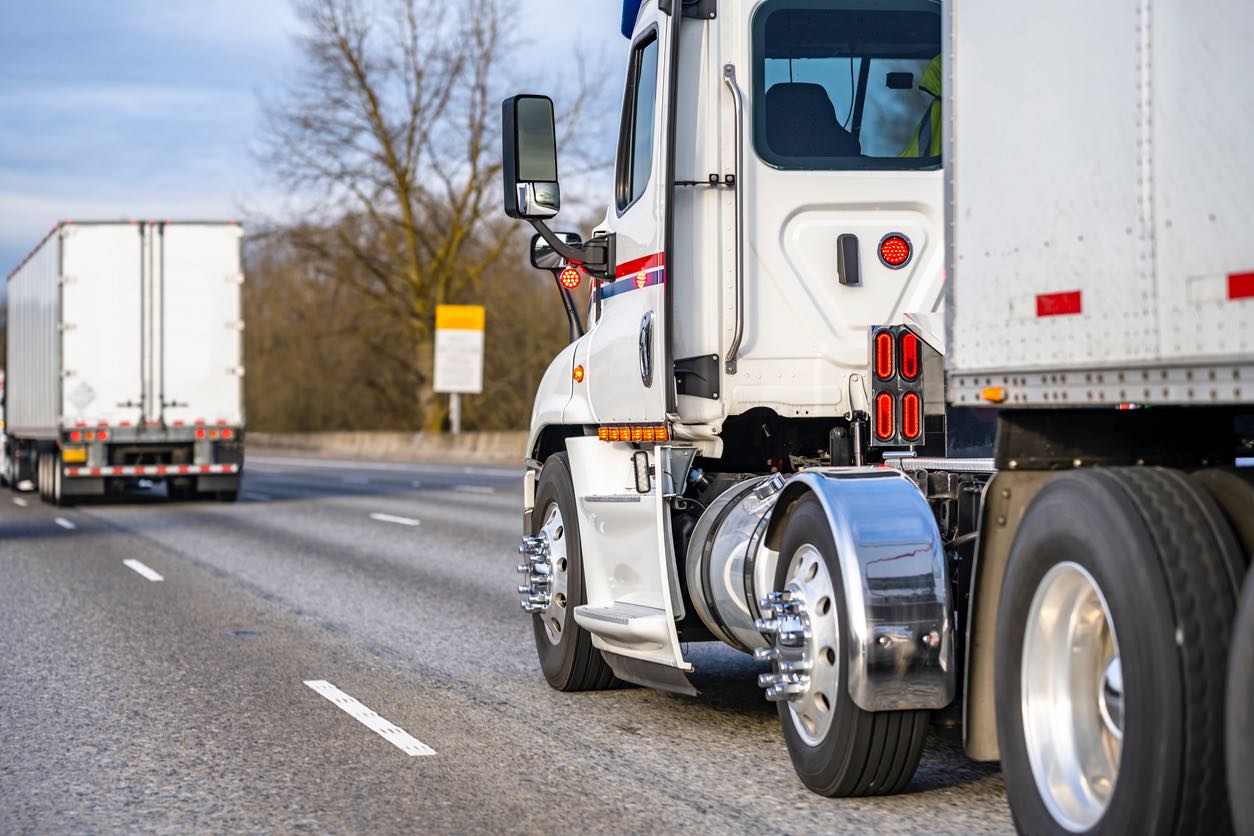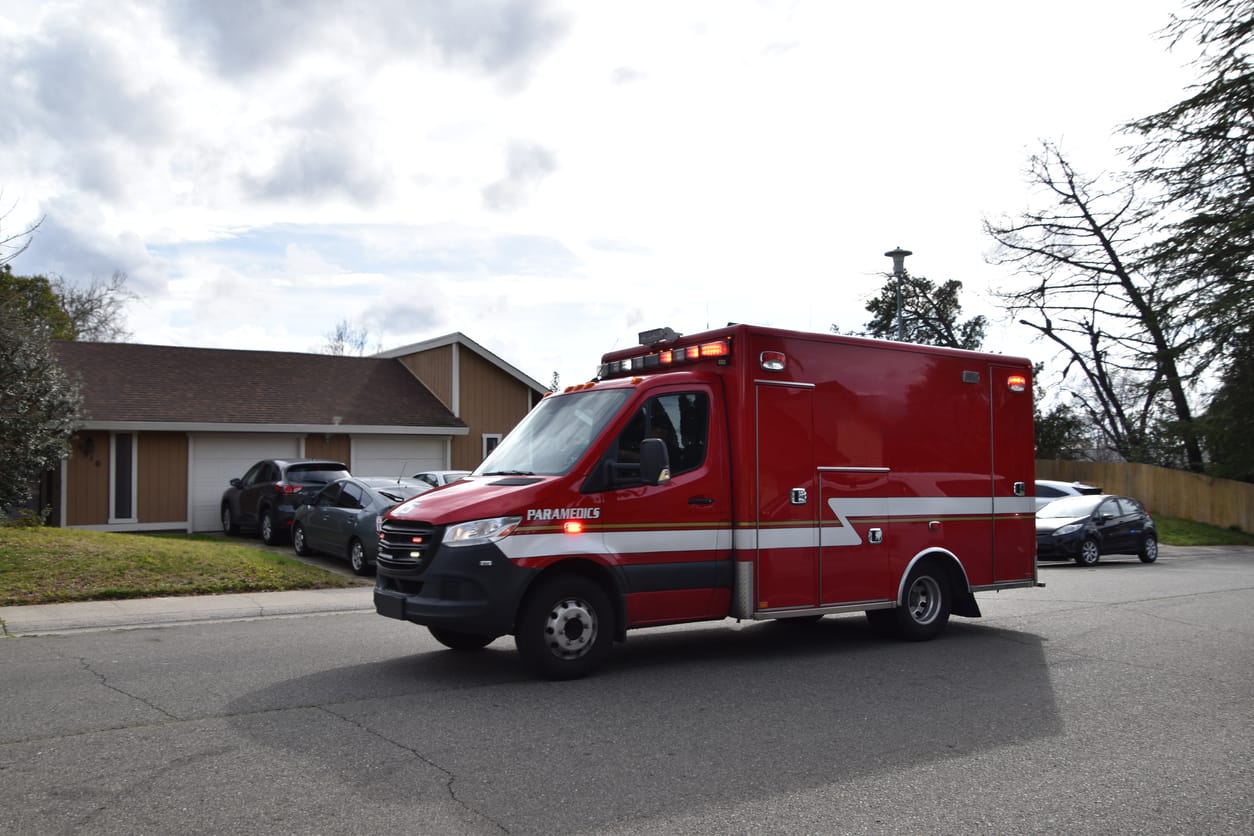Transporting a forty-foot shipping container requires not just skill but also attention to detail, a top-notch equipment set, and a thorough understanding of logistics. Knowing how to move these big containers efficiently is not simply a need, but also a competitive advantage in the wide and dispersed environment of the United States, where distances are great and logistics are essential to company efficiency. This blog article seeks to serve as your manual in this intricate field. We’ll go down the many aspects of moving these enormous structures, highlighting the gear that’s required, the need of a tractor-trailer, and the essential procedures for packing a container for transport. The research aims to educate companies and logistics suppliers as well as individuals who are interested in learning more about the inner workings of container transportation.
By going farther, we reveal the subtleties that contribute to this process’s appeal and difficulty. It takes more than just physical equipment to move a 40-foot shipping container across the varied terrains of the United States; it also requires a keen understanding of logistical intricacies and legal compliances. Every part of the trip has its own set of considerations, from the busy ports along the coastlines to the vast roads cutting across the interior. We’ll go across these many terrains throughout our discussion, providing analysis and useful guidance. This article will provide you with the information to master the art of container transport, assuring the safe, effective, and compliant movement of products throughout the country, regardless of your level of experience in the area.
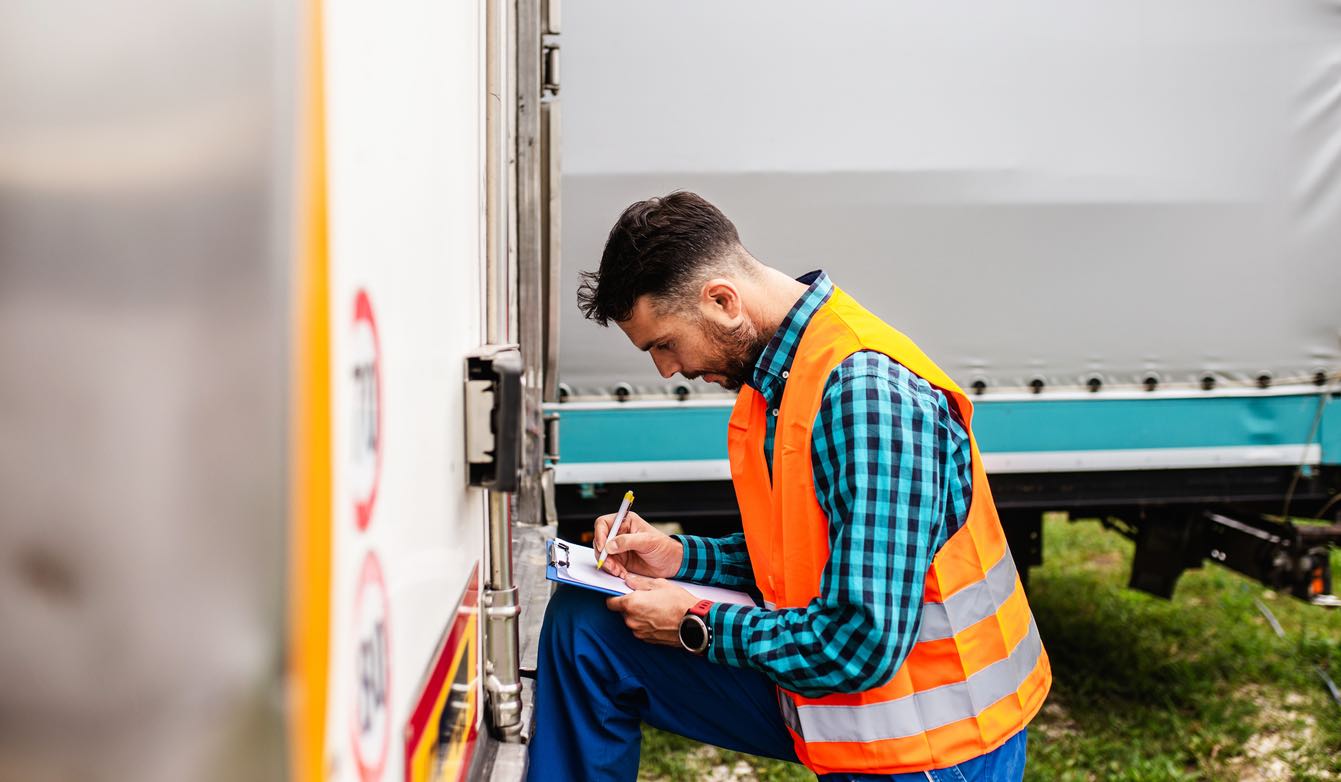
Securing the appropriate equipment is one of the most important phases in transporting a 40-foot shipping container. This entails selecting equipment that is appropriate for the task at hand as well as keeping it in top shape for efficient and safe transportation. If you want to understand the ins and outs of US container transport logistics, this section dives into the critical areas of equipment selection and maintenance.
Identifying the Right Machinery Selecting the appropriate equipment for moving a 40-foot shipping container has an effect on the overall transportation procedure. For example, the container chassis trailer offers a tight fit and a secure lock for the container and is made especially for transporting containers. Due to their strength and capacity to transport huge cargo over extended distances, flatbed and heavy-duty trucks are recommended. A reach stacker may be quite useful for navigating through narrower areas or ports. The haul’s length, the terrain it will travel across, and whether it will be transported by road, rail, or water all have an impact on the equipment selection. Every choice has benefits and appropriateness, therefore it’s important to examine the particular needs of the current transport task.
Maintenance and Safety Checks It is not only advised but also necessary to keep the equipment in excellent working order to guarantee the security and effectiveness of the transportation operation. It’s essential to do routine maintenance inspections. This include making sure the hydraulics are operating smoothly, examining the tires for wear and pressure, testing the brakes for dependability, and confirming the electrical systems are in excellent operating condition. Ignoring these factors may result in transportation breakdowns or, even worse, accidents. To ensure that the container stays firmly fastened to the trailer throughout transportation, it is also necessary to examine the locks on the container fittings. An additional degree of security is added by using tie-downs and chains, particularly when traveling over large distances or across difficult terrain. Not only are these safety precautions necessary to safeguard the cargo, but they are also required by transportation laws, which greatly contributes to road safety and compliance.
By using these procedures, the danger of delays and accidents is greatly decreased and safety regulations are upheld throughout the transportation process. For this reason, ‘Securing the Necessary Equipment’ is a crucial stage in the effective and secure shipment of containers.

The tractor-trailer is a vital component in the field of moving 40-foot shipping containers. These vehicles, which are designed to handle the difficulties of long-distance travel and the weight of enormous containers, are the workhorses of the logistics sector. This section explores the workings of tractor-trailers and the distinct architecture of chassis trailers, both of which are essential to the smooth and secure transportation of containers throughout the United States.
Understanding Tractor-Trailer Dynamics The mainstay of container transportation is the tractor-trailer, which consists of a trailer for cargo hauling and a tractor for providing the required power and mobility. These trucks are prepared to manage the considerable weight and dimensions of forty-foot shipping containers since they were designed specifically for long haul transportation. While the trailer’s sturdy construction guarantees the safe transport of containers over extended distances, the tractor’s potent engine and sophisticated gearbox allow it to tow huge loads. Maintaining the effectiveness and dependability of container transportation, a crucial link in the logistics chain, depends on the cooperation of the tractor and trailer parts.
Chassis Trailers: The Perfect Fit Not every tractor-trailer is suitable for the particular use of transporting containers. Because of their distinctive appearance, chassis trailers are the perfect tool for this operation. Stability during transportation is further enhanced by the systems on these trailers that latch firmly into the corner castings of shipping containers. A major plus is that they can carry containers of all lengths, including the typical 40-foot capacity, thanks to their movable wheelbases. Because of their versatility, chassis trailers are favored in the logistics sector as they improve safety and provide operational flexibility. Containers are a great help in the freight transportation industry because of their sturdy build and custom design, which guarantee effective and safe transportation.
We may comprehend the logistical complexities of hauling huge shipping containers better by concentrating on the function of tractor-trailers, especially the significance of chassis trailers. These vehicles have an influence on everything from delivery schedules to the safety of the items being transported, making them more than just a method of transportation. They are an essential part of the supply chain’s seamless operation.
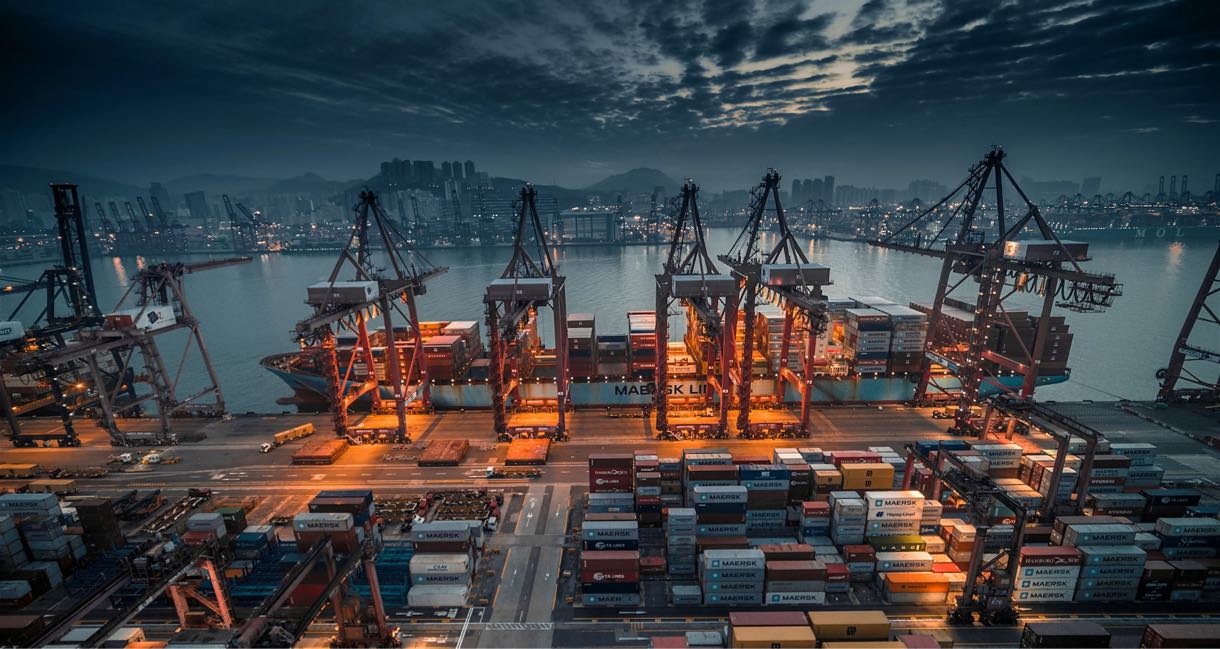
Thorough preparation is necessary prior to a 40-foot shipping container setting off on its voyage across the United States. Along with ensuring cargo security and safety, this preparatory procedure also makes sure transportation laws are followed. This section focuses on the crucial procedures involved in getting a container ready for transportation, with an emphasis on freight loading and packing as well as structural integrity inspections. Every stage is essential to ensuring the safety of the container’s contents and a smooth transportation process.
Structural Integrity Checks The first step in prepping a container is a thorough inspection of its structural state. The purpose of this inspection is to find any flaws in the structure, corrosion, leaks, or abnormalities that can jeopardize the integrity of the container. Such flaws might put the cargo in danger as well as present hazards while in transit. Before the container is certified suitable for shipping, any problems found must be fixed. Maintaining the confidence and safety of all parties engaged in logistics depends on the container being in optimal condition, which is a critical feature of the process.
Loading and Packing Freight The way that cargo is placed and packed within the container is quite important. The objective is to distribute the weight evenly, which is necessary to keep the container from toppling over while being transported. This balance helps keep the container stable while it is in motion in addition to being a safety concern. Furthermore, following weight restrictions and guidelines on transport routes is an essential compliance step. Precise packing is required for every container, considering the unique weight requirements of the transportation routes it will travel. This process involves more than simply packing; it also entails carefully organizing the cargo in compliance with legal and road safety regulations to guarantee a smooth travel from beginning to end.
The key to a successful and effective 40-foot shipping container shipment is following these painstaking preparatory processes, which are focused on the structural integrity of the container and the thoughtful packaging of its contents. Transporters may improve the safety, compliance, and dependability of their logistics operations by concentrating on these factors.

There are several complex logistical factors to take into account while moving a forty-foot shipping container across the United States. This part explores the significance of careful route planning, following the law, and the vital function of risk reduction techniques. These components are essential to guaranteeing that the transportation process is safe for all parties involved, efficient, and complies with all applicable laws.
Route Planning and Regulations
- Detailed Route Analysis Plotting a path from point A to point B is not the only aspect of thorough route planning. It entails examining possible bottlenecks, road conditions, and traffic patterns. The best routes may be found with the use of cutting-edge GPS and mapping technology, which will shorten travel times and save gasoline.
- Compliance with Regulations It is essential to keep up with and abide with transportation rules. This entails being aware of any weight constraints, size limitations, and unique licenses needed to transport big containers. Failure to comply may result in fines, penalties, and delays that have a major effect on the logistical process.
Mitigating Risks
- Identifying Potential Hazards The first step in risk reduction is to identify possible dangers that can arise when a 40-foot shipping container is being transported. This might include unplanned road closures or mechanical malfunctions. Having a thorough understanding of these hazards enables the creation of proactive plans for their efficient management.
- Developing Contingency Plans It’s essential to have well-thought-out backup plans in case anything unexpected happens. This might involve backup plans, alternate routes, or emergency response procedures. Not only does this increase safety, but it also guarantees that the logistical chain will be disrupted as little as possible.
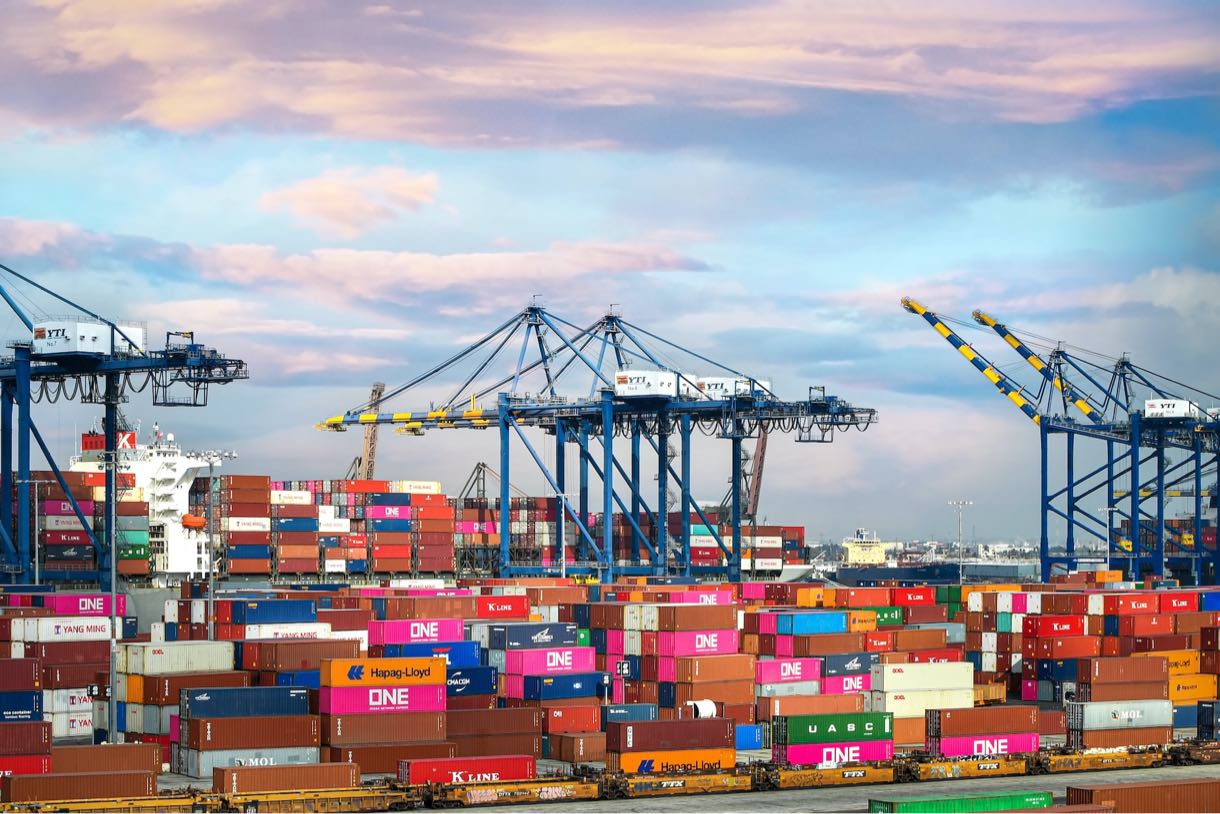
Transporting a 40-foot shipping container requires more than just transporting an item from one location to another; it also requires accuracy and knowledge at every stage of the procedure. Careful planning is required for this project, which includes everything from selecting the right tools to comprehending the finer points of logistics. Every component—from a flatbed trailer to an intricate route map—makes a big difference in the efficient and effective movement of cargo. It is impossible to emphasize how important it is to have the appropriate tools. The choice of machinery affects the operation’s efficiency and safety, whether it’s a chassis trailer made expressly for transporting containers or a heavy-duty vehicle capable of extended hauls. It’s important to make sure your tools are in top shape in addition to having the appropriate ones. In order to prevent any possible disruptions or risks in transportation, routine maintenance checks and safety inspections are essential.
Furthermore, a crucial step that is sometimes missed is container preparation. To ensure the safety of the cargo and the transportation process, it is imperative to make sure the container is structurally strong, damage-free, and packed correctly. Before setting off on a voyage, a comprehensive check for leaks, corrosion, or structural defects is a must. The distribution and packing of the cargo inside the container also plays a critical role in preserving stability and balance while in transit. This complies with traffic safety laws in addition to enhancing the safety of the shipment. Keeping up with weight restrictions and transit route laws is also crucial to avert legal entanglements and practical problems. A 40-foot shipping container must be transported using a precise combination of strategic planning and practical expertise to ensure that the cargo arrives at its destination on schedule and in ideal shape. It is essential for logistics providers and enterprises to grasp these facets for efficient and dependable shipping container transport, since they are what distinguish a successful transportation operation.

Ship A Car, Inc. is notable for being the most successful freight transport company in the continental United States for the transportation of containers over the road. Because they have dedicated coordinators and knowledge in logistics, they guarantee that your shipping requirements will be satisfied in a dependable and effective manner. Get in touch with them at (866) 821-4555 to receive outstanding service.
FAQ Section
Q: What Equipment is Necessary for Hauling a 40ft Shipping Container?
A: A semi-truck that is fitted with either a flatbed trailer or a chassis trailer is normally required in order to transport a 40-foot shipping container. Additionally, safety inspections and maintenance are required to guarantee that the container is transported in a secure and efficient manner.
Q: How Do You Prepare a Shipping Container for Transport?
A: Checking the structural integrity of a container, ensuring that the weight of the cargo is distributed evenly, and adhering to transportation laws are all activities that are included in the preparation process.
Q: Why is Ship A Car, Inc. a Preferred Choice for Container Transport?
A: Ship A Car, Inc. is the best option for container transportation throughout the United States because they provide a service that is both fully committed and qualified, as well as an approach to logistics that is thorough.
